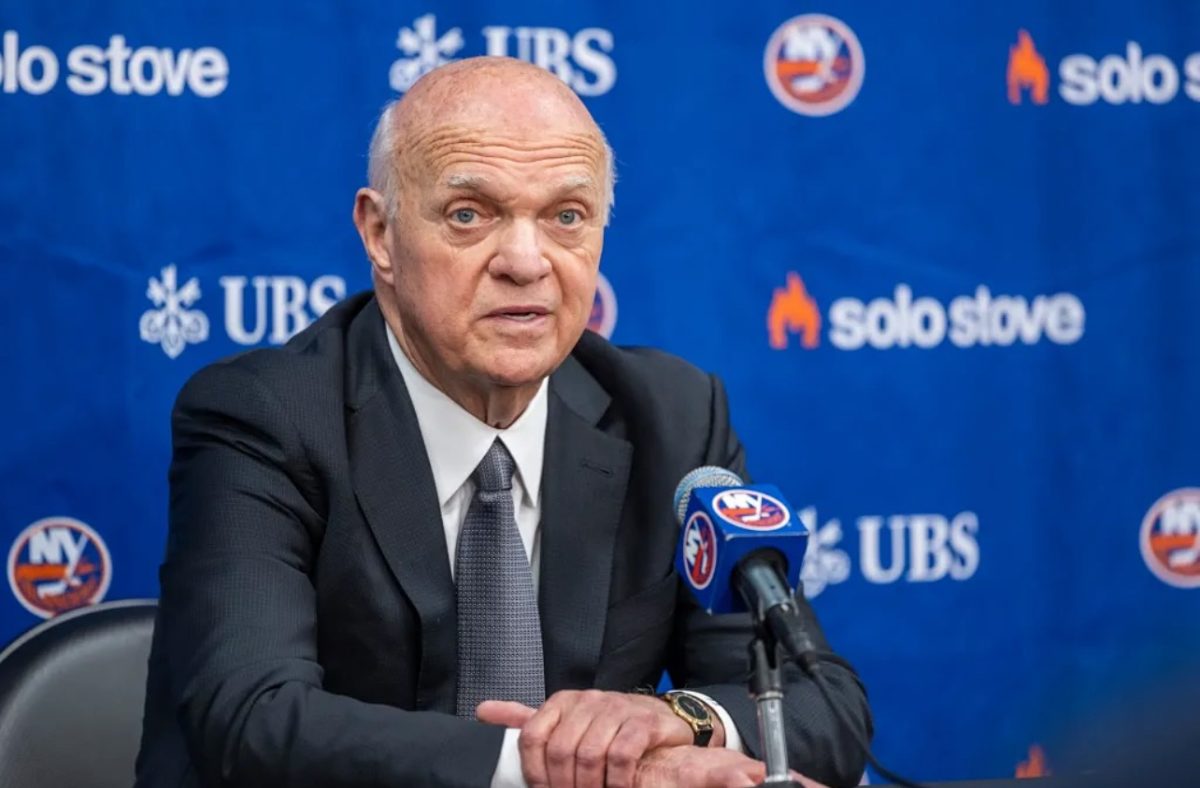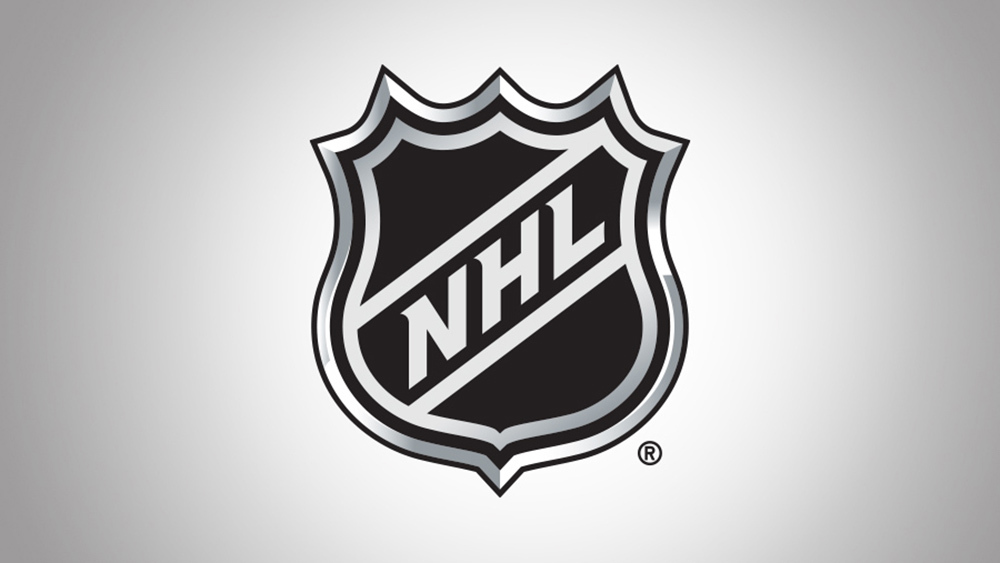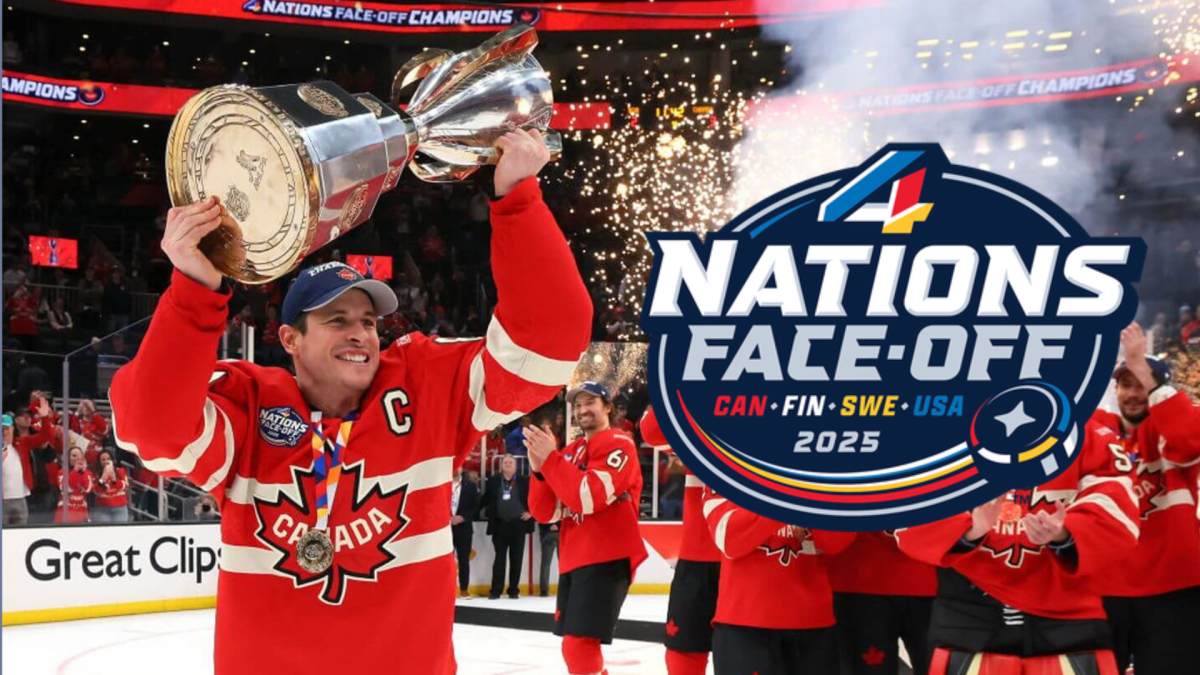The National Hockey League is going to look much different next year. On Thursday, March 14, the board of governors approved the realignment plan that was approved by the NHL Players Association last week. The proposed, and now approved, realignment creates two divisions per conference (as opposed to three that there are now) and has eight teams per division in the Eastern Conference and seven per division in the Western Conference.
There are no names for the divisions or conferences as of yet, but my guess is that they are going to be based on geographical location, because the NHL said that “the new alignment will place several clubs in more geographically appropriate groupings, and will intensify already-fierce rivalries throughout the league.”
With these new divisions also comes major team shifting. The Detroit Red Wings and Columbus Blue Jackets are heading over to the old Eastern Conference and the Winnipeg Jets are moving to the old Western Conference. The Jets, formally known as the Atlanta Thrashers, have to travel extremely far to play Southeast Division road games since their move (with all of the teams in the Southeast in that area but them) and the NHL felt that moving teams that are closer together into the same division will benefit everyone in the league greatly.
Since this is now set in stone, let’s take a look at the winners and losers of the new realignment. The first loser is Florida teams: the Florida Panthers and the Tampa Bay Lightning. The division the Lightning and Panthers are in is composed of the current Northeast Division (Boston Bruins, Montreal Canadiens, Ottawa Senators, Toronto Maple Leafs and Buffalo Sabres) and the new team on the block, the Detroit Red Wings. This realignment was supposed to bring teams closer together so that they don’t have to travel as far to play within the division. However, both the Lightning and Florida are in the southeastern part of the United States while the rest of the teams are in the northeastern portion and Canada; if they play one another they do not have to travel far, but if they need to play the other six teams they will have to travel much further than most other teams in other division that are much closer in geographic proximity. I know that it is nearly impossible to accommodate everyone in the realignment with the least amount of travel, however, it seems like the Lighting and Panthers lost out the most here.
Another big loser in this realignment is the Columbus Blue Jackets. The Blue Jackets are not one of the best teams in the league by any stretch and the realignment has placed them in arguably the toughest division in the realignment, composed of the Atlantic Division (New York Rangers, New York Islanders, New Jersey Devils, Philadelphia Flyers and Pittsburgh Penguins), the Carolina Hurricanes and Washington Capitals, who are all within an earshot of a playoff spot this year. The Blue Jackets are struggling in the division they are in now; what is going to happen to them in this division where virtually everyone in it has the potential to make the playoffs? I think the Blue Jackets got the short end of the stick here for sure and are going to have a rough time in their new division.
Now to talk about the winners of the realignment, without a doubt the Detroit Red Wings are big winners here. They leave the toughest division in the Western Conference in the Central with the Chicago Blackhawks and St. Louis Blues and come to the Eastern Conference to be in a division with the Northeast teams and the two Florida teams. The way they are playing right now, the Red Wings would be right in the playoff conversation and if they were playing teams like the Panthers and Lightning instead of the Blackhawks and Blues, they would probably be doing even better. The Bruins, Canadiens and Maple Leafs will certainly enjoy having another Original Six team in the Red Wings returning to heat up old rivalries, and I think the Red Wings will as well. The Red Wings get to rekindle old rivalries and end up going to what I feel is an easier division than the one they were in now, making them winners.
Another winner in the realignment is the Chicago Blackhawks. The Blackhawks say goodbye to a division rival in the Red Wings that have been pestering them atop the Central Division for years and welcome in the Jets, the Dallas Stars and the Colorado Avalanche who are not playing as well as the Red Wings. The Blackhawks have dominated the Central Division, and pretty much all of the Western Conference, this year, and are welcoming in three teams that are worse than the one team they are watching leave. If the Blackhawks are able to play up to their potential, they should have no problem taking one of the three division spots next year and for years to come, which is what makes them another one of the big winners in the realignment.
It is going to be interesting to see how the realignment is going to play out and how teams are going to react to it. New rivalries may form, old ones will start up again, and who knows what will happen with the new playoff system. We will just have to wait and see, but one thing is for sure, fans of the NHL are going to see a much different league next year.










































































































































































































